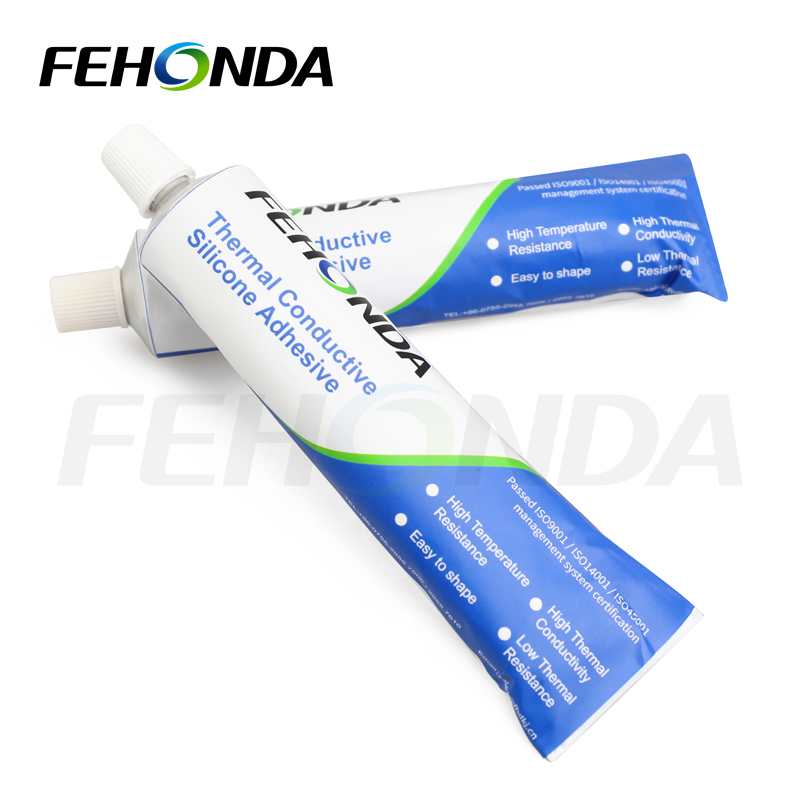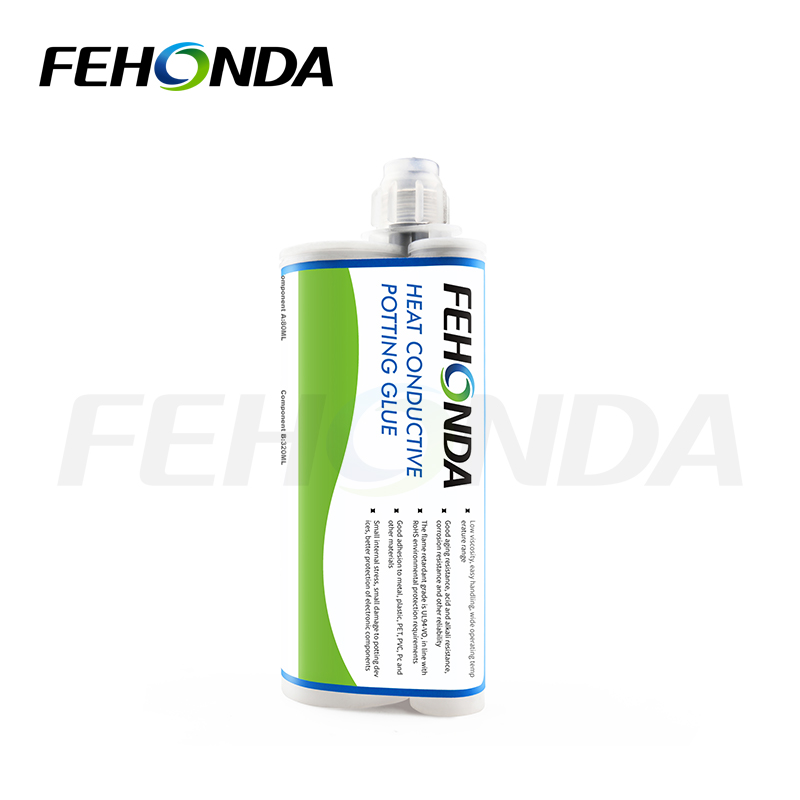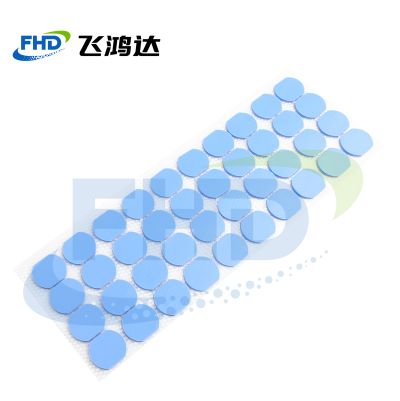Thermal conductive products can be divided into organic silicon and non silicon types according to their materials. Currently, the mainstream products on the market are organic silicon thermal conductive materials. Because organic silicon is easier to add fillers, most use organic silicon as a dispersant, and then add thermal conductive fillers such as alumina and boron amide to improve the thermal conductivity of the product. However, silicon-based thermal conductive products can precipitate low molecular weight siloxanes, causing circuit short circuits and affecting conductivity. Therefore, silicon-based thermal conductive products are generally not used in precision components such as semiconductors.
This type of material generally uses polyurethane, epoxy resin and other materials as dispersion media, which effectively avoids the low score of silicone products. The precipitation of siloxanes is a problem, but the hardness and viscosity of these materials themselves are much higher, which limits the amount of thermal conductive fillers added, so non silicon thermal conductive products cannot achieve high thermal conductivity.
Thermal conductive adhesive
Thermal conductive adhesive refers to a polymer fine composite special adhesive material used for surface bonding of objects made of the same or different materials, with continuous and uniform stress distribution and strong bonding strength. Adhesive also has the function of meeting the requirements of fixation and sealing. Adhesive tape has superior environmental performance such as insulation, moisture resistance, dust resistance, shock resistance, leakage resistance, electricity resistance, corrosion resistance, salt dew resistance, acid and alkali resistance, vulcanization resistance, aging resistance, high and low temperature impact resistance, high humidity and high temperature resistance, flame retardancy, etc. Due to the different performance requirements of various adhesive application schemes, the synthetic materials, formulations, and synthesis methods vary.

The thermal conductivity of thermal conductive adhesive is generally not too high, around 0.6~2.0W/mK. Because the addition of thermal conductive filler will affect the adhesive performance of the glue, in order to ensure a higher bonding strength, the amount of thermal conductive filler can only be reduced at the expense of some thermal conductivity. A very small number of thermal conductive adhesive products can also achieve a temperature of over 2W/mK.
Thermal conductive potting glue
It is a ketone type thermal conductive sealing adhesive that can reliably maintain sensitive circuits and components for a long time. It has excellent electrical insulation function, can resist environmental pollution, and avoid the harm caused by stress and humidity to the product. It is especially suitable for products that require good heat dissipation for sealing materials. Thermal conductive sealant has good physical and chemical properties.

Thermal conductive sealant has outstanding thermal conductivity and flame retardancy, low viscosity, good leveling properties, and solidifies into a soft rubber like structure. It has good impact resistance, strong adhesion, insulation, moisture resistance, earthquake resistance, corona resistance, electrical leakage resistance, and chemical medium resistance. It is also one of the mainstream thermal conductive products on the market, widely used in fields such as electronics and automobiles, with a huge amount of usage. Among them, the most commonly used thermal conductive sealing adhesive is composed of two components (component A and component B), which are divided into three types: organic polyurethane system, polyurethane code system, and epoxy resin system. The thermal conductivity coefficient of general thermal conductive sealant is 0.6-2.0W/mK, and products with high thermal conductivity can reach 4.0W/mK or above.
Thermal pad
Thermal pad is a thermal conductive medium material synthesized through a special process using organic silicone as the substrate and various auxiliary materials such as metal oxides. In industry, it is also known as thermal pad, thermal conductive silicon film, thermal conductive gasket, thermal conductive silicone gasket, etc. Its main function is to transfer heat in the gaps, and by filling the gaps, it can open up the heat channel between the heating and cooling parts, effectively improving the heat transfer efficiency. In addition, it also has excellent thermal conductive filling materials that meet the requirements of device miniaturization and ultra-thin design.

Application of Thermal Pad
Thermal pad is double-sided self-adhesive, with good electrical insulation, high temperature resistance, high flexibility, high compliance, low voltage shrinkage, and high compression ratio. A thermal interface material with a certain thickness, compressibility, resilience, double-sided self-adhesive, and high compliance.





